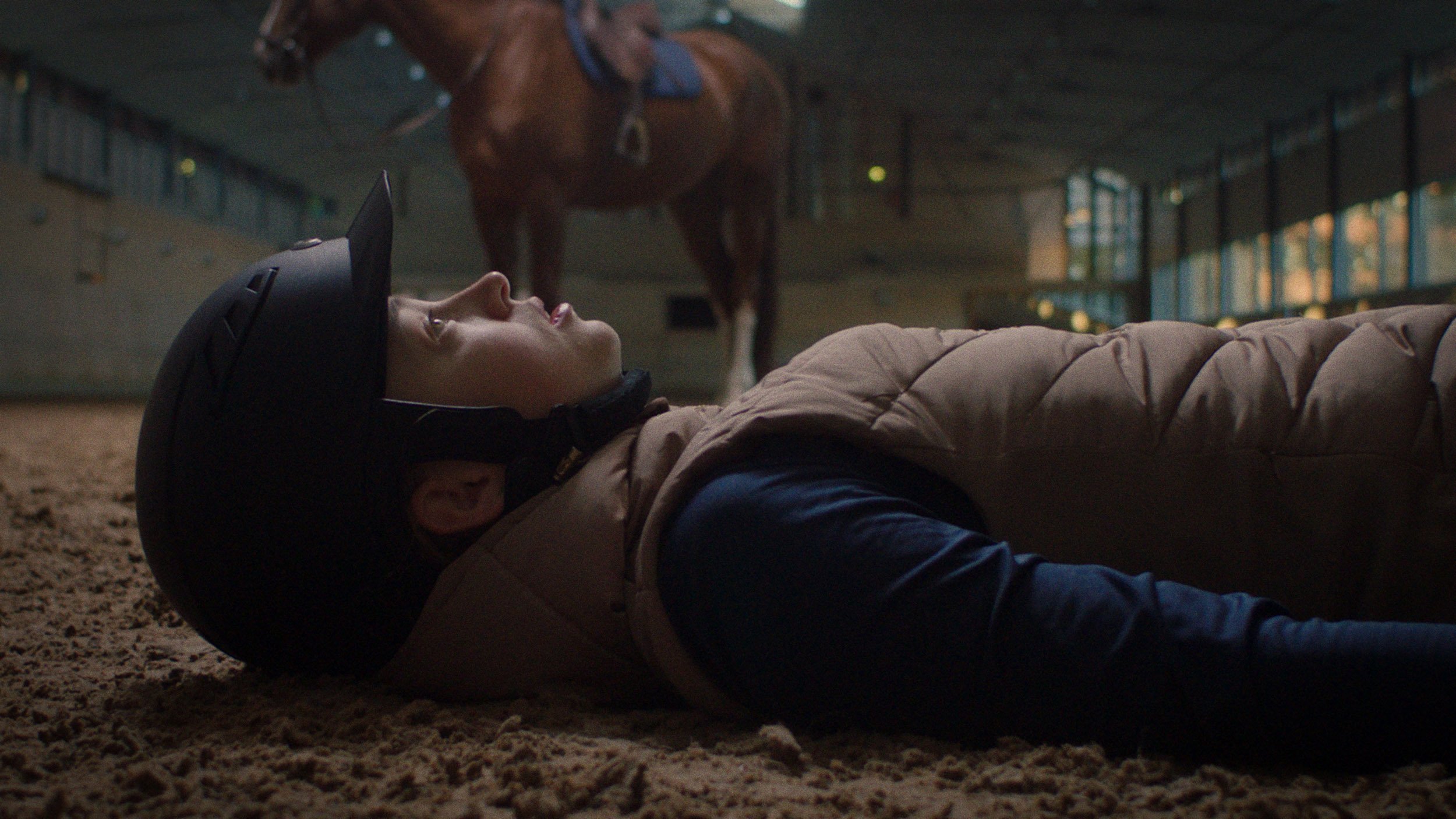What Affects the Cost of Making a Commercial?
On the left – the client had the model, location, and horse in-house. On the right – everything had to be created, increasing the cost.
Learn more about film and photography in my LinkedIn newsletter 📰
Or through my YouTube tutorials🟥 👀
Over the last 15 years, I've worked on commercial productions and learned how understanding costs can make a budget go the extra mile.
Learn how to become a better client, agency project manager, or film producer by exploring why some commercials cost more than others and how the same budget can deliver very different results. 🎥 ✅ 💸
In Part 1, we learn the three big factors that affect the cost of producing a commercial film.
In Part 2, we’ll compare three of my commercials, which all had the same budget but very different results!
Part 1- The Three Big Factors (R.I.M)
✅ = Less expensive
💸 = More expensive
(R) Real-life ✅
vs. Fiction 💸
(I) In-House Client Resources ✅
vs. None 💸
(M) Montage ✅
vs. Checkpoint Storytelling 💸
(R) Real-Life vs. Fiction
Real-life:✅
Imagine a brand film about a girl being herself and telling her own real-life story.
From a creative point of view, almost everything about her is already decided by real life, how she looks, how she talks, and so on.
Real-life films often use a documentary-style approach to storytelling, with simpler setups and more improvisation, which means less control, less pre-production, and therefore smaller teams on set.
Creative decisions made by real-life.✅
Simpler setups and more improvisation.✅
Fiction:💸
In a fictional version, every detail about the girl and everything else. How she looks, talks, and what she's actually doing, would be carefully planned to tell the story in the best way. Fictional scenes also need to be rehearsed and repeatable many times, which requires more control, more pre-production, and larger teams on set.
Creative decisions on every detail. 💸
Strong need for control and the ability to repeat scenes. 💸
(I) In-House Client Resources vs. None
In real-life films: ✅
The client usually already possesses everything in front of the camera. Then the production budget doesn't have to pay for the girl's appearance etc. This makes it cheaper to produce.
In a fictional version: 💸
it's usually unlikely that the client has any resources that fit or help the story and then everything in the frame has a cost.
In a fictional film - when the client has resources: ✅🥇
Sometimes, in fictional films, you have a client who already has useful resources, like cars, buildings, or models. This makes a big difference for the total budget!
(M) Montage vs. Checkpoint Storytelling
Montage storytelling: ✅
Uses beautiful visuals without needing to show them in a specific order for you to understand the film.
Checkpoint storytelling: 💸
Is more advanced and includes key moments needed to tell the story. 1+1 = punchline, and if you miss one checkpoint, no one will understand the ending.
Part 2 - Let's compare three commercials
Let’s compare these three commercials using the R.I.M. framework, starting with the one on the left. The budgets were roughly the same, but in one case, we got a total of four films, each 2 minutes long, and in another, only one lasting 30 seconds. 🎞️
Let’s compare these three commercials, starting with the one on the left.
Even with the detailed planning that went into theses four films, since the client already had the essentials inhouse, the entire production was very cost-efficient.
We made four real-life(✅) portraits, with people talking about their experiences in the army. Where the client already had all the in-house resources,(✅) and they were shot and put together in a montage storytelling style.(✅)
Output: 4 films x 120 seconds each, totaling 8 minutes.
Crew: 2 people worked behind the camera for eight days.
Fiction - Swedish Armed Forces, 60sek
When the client has huge in-house resources, like in this case - a horse, a stable, and a talented rider - it adds so much value that it can compensate for being both fictional and using checkpoint storytelling.🥇
This was a fictional (💸) commercial to reach girls who are into horse riding. The client had all the resources in-house.(✅) They had the girl, all the other talents, all the locations, the horse, the stable - everything - but, it was executed with checkpoint storytelling. (💸)
Output: 1 film x 30 seconds and 2x15-second SoMe films, totaling 60 seconds.
Crew: 6 people worked behind the camera on day one, and 3 people on day two.
Fiction - Enklare, 30sek
Every frame in this commercial is meticulously planned – from colors and clothing to camera movements. Smart planning with animated previs.
The films for Enklare were 100% fiction.(💸) The client didn't have any in-house resources, to fit the films concept, (💸) so we planned and built everything in studio, and it was put together using checkpoint storytelling.(💸)
Output: 2 films x 15 seconds, totaling 30 seconds.
Crew: 14 people worked behind the camera for one day.
End note
Sometimes, when I’m given a completely fictional idea with a matching budget, I use other frameworks (maybe for another article). But more often, the budget is tight, and I’m asked, "Here’s the budget—how can we get the most out of it?" Then I use the R.I.M. framework and usually start by checking what resources the client already has in-house to build an idea around them.
(R) Real-life ✅
vs. Fiction 💸
(I) In-House Client Resources ✅
vs. None 💸
(M) Montage ✅
vs. Checkpoint Storytelling 💸
Did you enjoy this post? ❤️
Learn more about film and photography in my LinkedIn newsletter 📰
Or through my YouTube tutorials🟥 👀
And get my best freelancing tips at onemancrew 🥇




